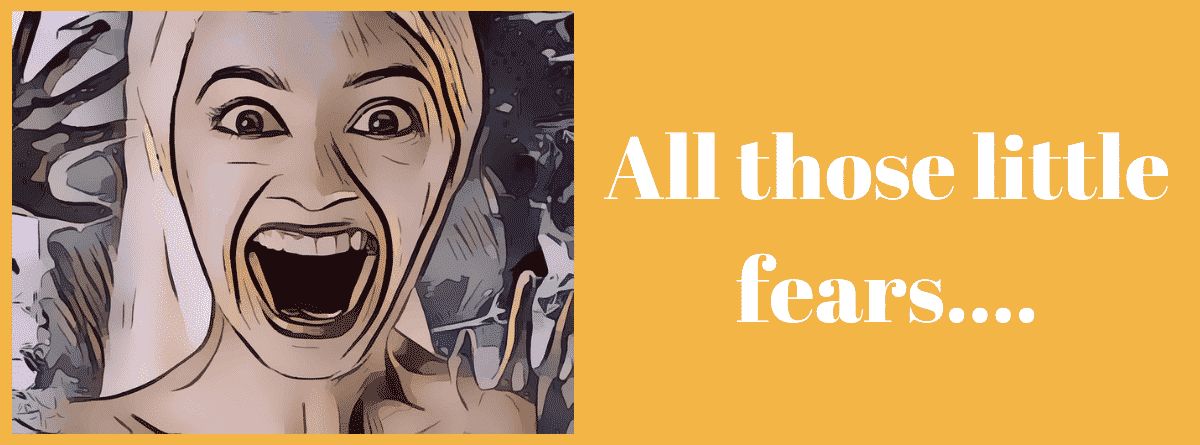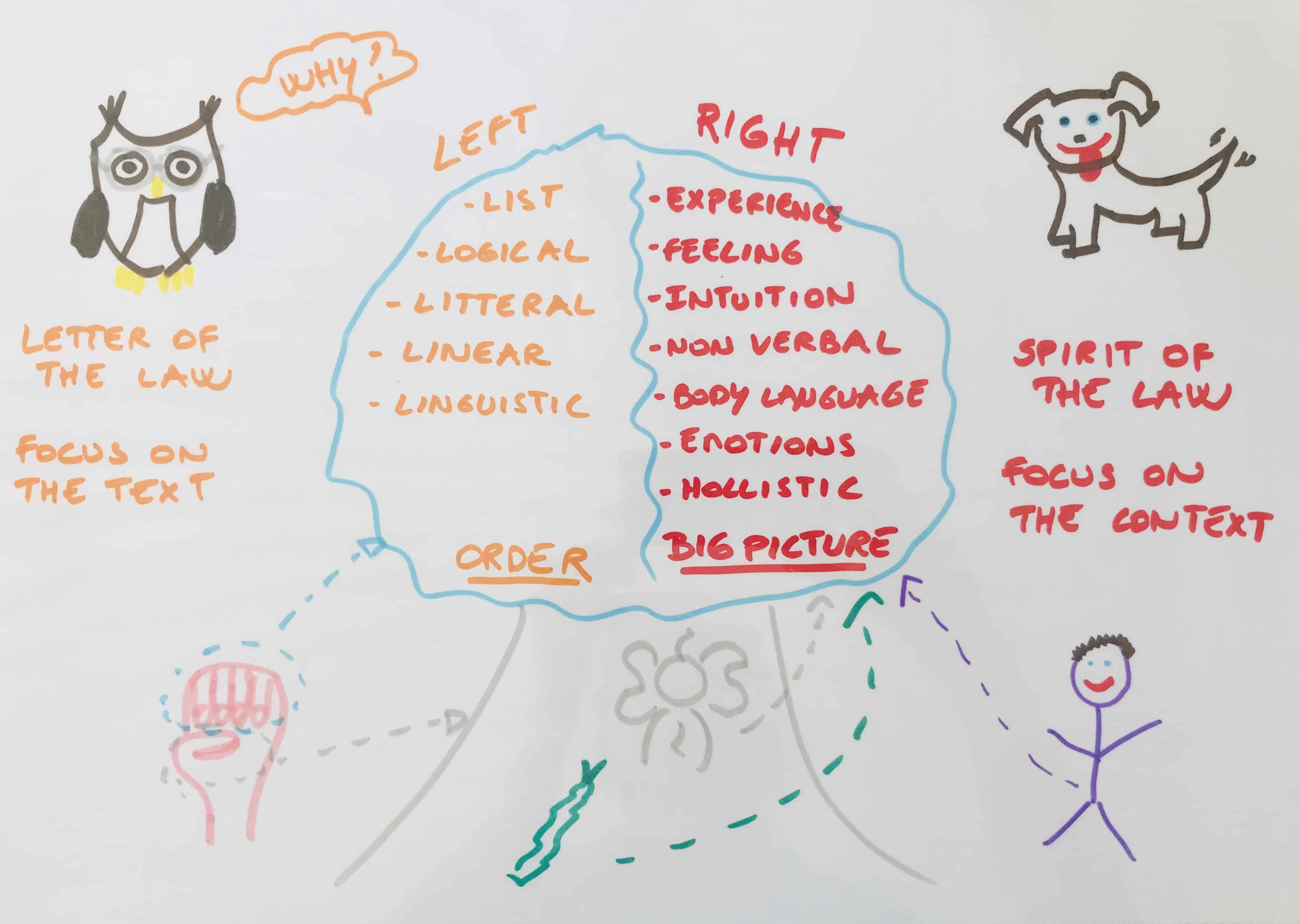“Do we expect too much from our relationships?” – Article

Do we expect too much from our relationships, be it friendships or romantic relationships?
I think some of us do …
Our expectations can be high, too high, sometimes even unrealistic.
So let’s take a closer look at 7 situations where I think our expectations with regards to relations are unrealistic.
It may help us avoid the situations and work on building healthy and happy relationships with friends, with family and even with romantic partners.
This article might sound a bit blunt and my intention is not to hurt anyone. Those are my thoughts, my reality.
Relationships are a big topic and if you’d like to discuss it further, I’m more than happy to continue discussing it with you!
No one will change for you.
I know you know this. We cannot change someone.
And yet, often, we try to help someone change… even a little bit… and this can lead to a lot of frustrations and disappointments as we cannot change someone…
For sure, anyone can change, but a person will only change if they want to. And it will be for himself/herself and not for you…
So, either you accept the person as they are with the parts you like and the parts you like less because you definitely can be close to someone even if you don’t like everything about the person…
Or you don’t try to be close to that person, and that is okay! But don’t try to mold someone the way you want them to be.
Don’t rate the person, look at the relationship…
It wouldn’t be so nice to be seen as a checklist, right? And yet I know a lot of women have this internal checklist.
Does he meet the criteria of intelligence, beauty, humor, socially acceptable, well dressed, …? The other has to meet so many criteria that he actually doesn’t stand a chance …
Why not assess the relationship instead?
- How do you feel with this person?
- Does it bring you joy and happiness?
- How does the energy flow between you two?
I think the focus should be on the relationship, not the person.
Someone can indeed check everything on your list and be “theoretically” perfect and yet in reality, the relationship isn’t working.
The perfect person therefore just may not be perfect for you.
Hope is double-edged!
It is good to hope for better days. Hope is a beautiful strength.
But to hope for better when you haven’t seen any changes is probably unrealistic …
In addition to not trying to change someone, don’t expect that something missing will suddenly appear.
So, be real, look at the person in the present.
Look at who you are with. Look at the relationships you have. Don’t project what that person might become. Or don’t dream how this relationship could be.
Look at the present.
Today, with the positives and negatives, is it working for you?
If so, there is hope. Otherwise, hoping is probably more of a fantasy and by consequence a waste of time.
No one is a mind reader!
Don’t assume he or she knows…
Don’t assume you know…
Talk!
The idea that she or he “should know” is not a good one…
We often have unrealistic expectations of others. They are neither in our mind nor in our heart. They don’t know what we are thinking or what we are feeling. If we don’t express ourselves, we can’t expect the person to know how we are feeling or what we want. And vice versa.
Yet, we are still hoping they would maybe guess… Indeed, it is less romantic to ask for something than to be surprised!
The “languages of love” (cf. Book; “The five love languages” by Gary Chapman) is a good illustration of this. We all want to be loved or appreciated, but the way we give and receive love can be very different.
Do we feel loved or appreciated when
- we spend time together?
- we receive a gift?
- we are physically close?
- we are given a hand?
- we receive kind and encouraging words?
The answer varies from person to person.
And often we will give love the way we want to receive it and not the way the other one wants to receive it… The goal is the same (LOVE) but the strategies vary.
And if we don’t talk about it, how can we know what the other is looking for?
The other one won’t complete you…
Do not expect that the other will fill you up, make you complete and that from then on everything will be fine …
Of course, the other will be there for you, to love you, to encourage you, to create a life with you.
But it is not his role to carry your pain or heal your wounds.
I would even say that unwittingly, the other will act as a mirror for you and show you where it hurts.
Don’t we say that it’s the closest people who hurt us the most?
Yes, they do like to push our buttons…
And it is most likely to help us be more aware of ourselves and do the inner work.
That’s maybe why on a subconscious level we chose him or her and not someone else…
It shouldn’t be that difficult!
Sometimes the desire to be successful in a relationship is so high that we kind of force ourselves to make it work.
We strive for it, we challenge ourselves because we want it to work this time around and in the process we forget our needs, our wishes, our limits, …
Yes, relationships are complex, but I think they don’t have to be that difficult.
If there’s too much drama, too much pain, it’s probably not going in the right direction and not worth it.
And instead of questioning ourselves, we should just realize that we’re probably trying with the wrong person …
So choose your relationships, the ones that bring you joy and happiness, and let go of others. We don’t like everyone and not everyone loves us … and it’s okay!
Playing games, really?
If you want to build a lasting relationship, don’t play games.
Wear your heart on your sleeve. Be real, be yourself.
Yes, it is scary. The fear of being rejected and unloved can be immense.
But what good is it to be loved for a role that you play?
How can it work if you are not 100% yourself?
So don’t play games, be open, communicate what you want and take it from there.
Either there is positive feedback or there isn’t, either way you know what to expect.
If you play a role, you will never know it and the doubts will always be there.






Recent Comments